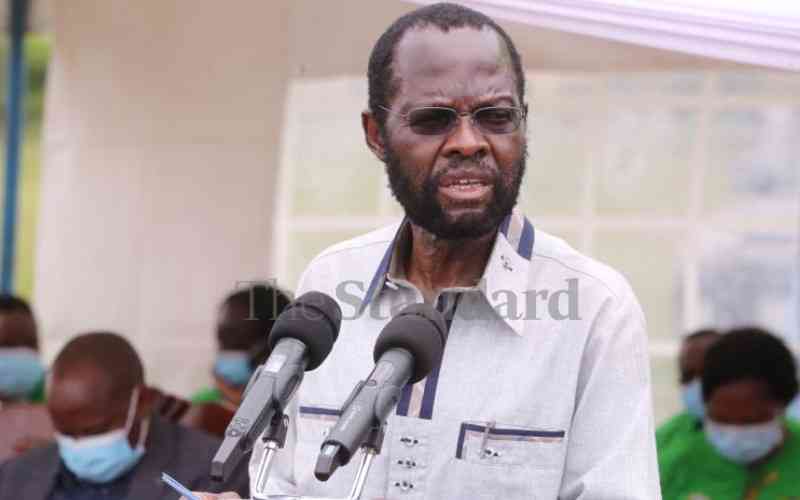×
The Standard e-Paper
Home To Bold Columnists

Recent developments have set Kisumu City apart as a fast-growing metropolis with an almost new identity.
A visit there reveals a cleaner, organised city with more open spaces and walkways that make movement easier and safer.
